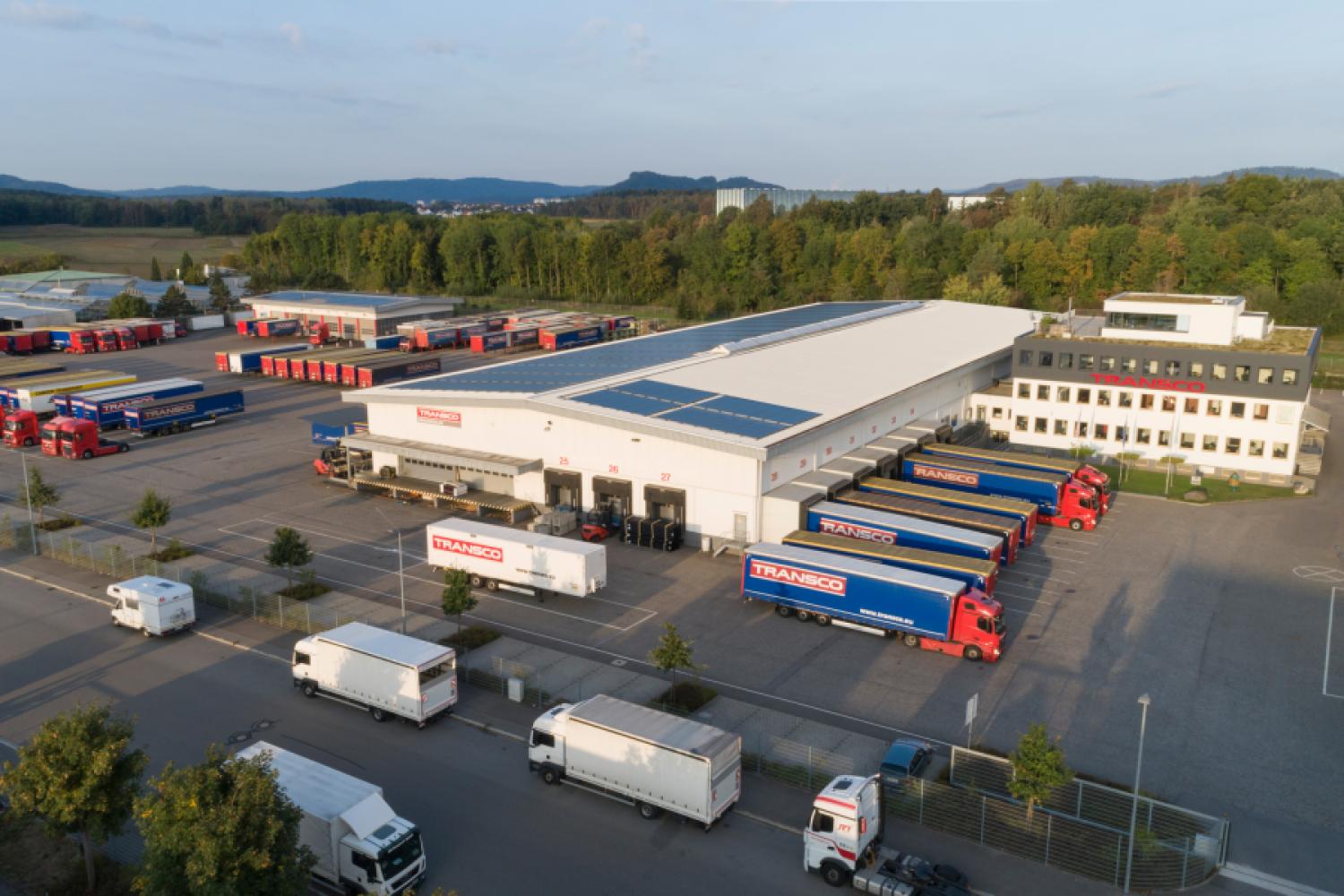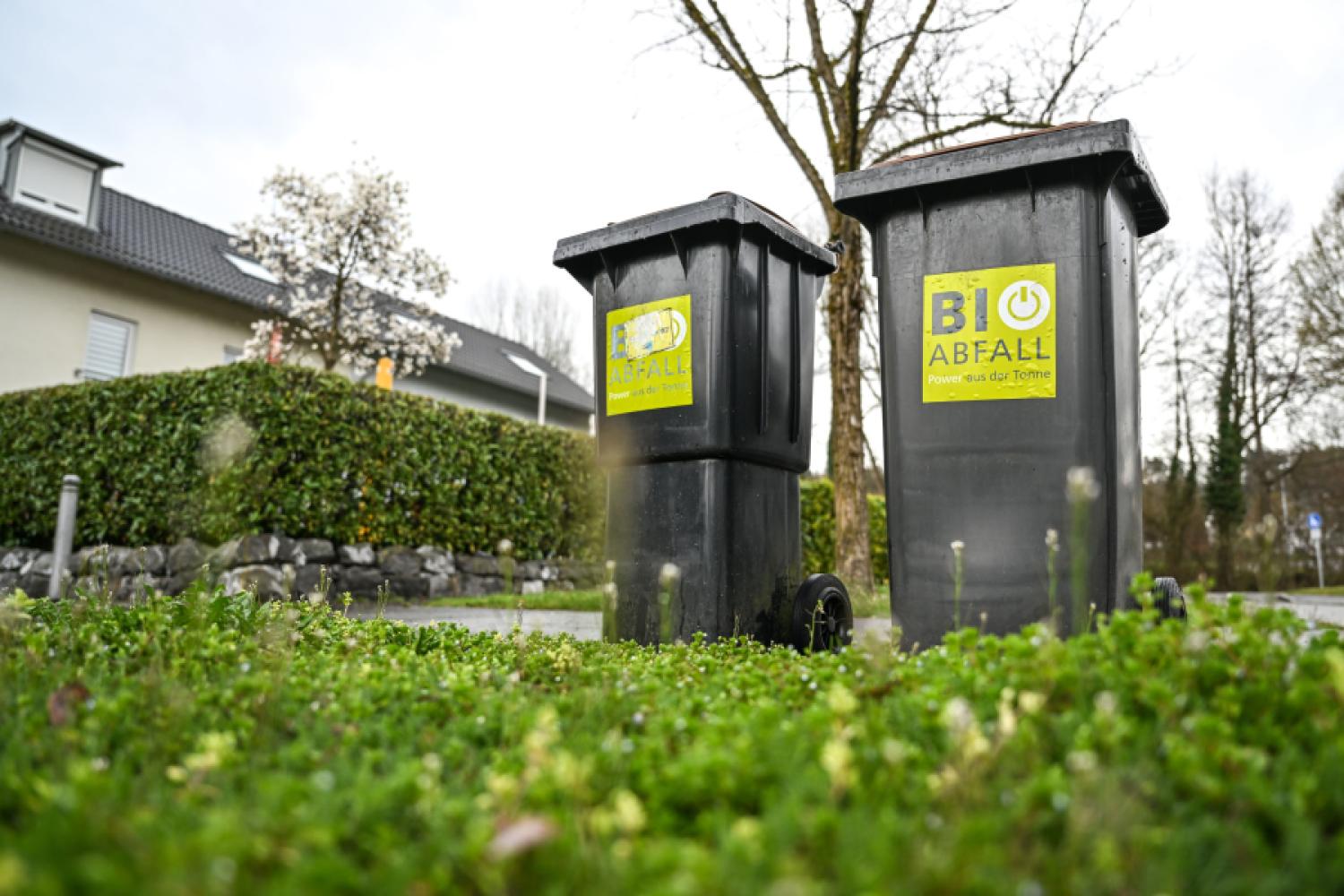The manual handling of dangerous goods transport at combined transport terminals is set to become a thing of the past—at least according to the ideas of the Logistics Competence Center (LKZ) Prien, Conroo GmbH, the German Transshipment Company for Rail – Road (DUSS) and Kombiverkehr. As part of a joint project, the four companies aim to drive forward the digitization and automation of processes. The goal is to increase efficiency, reduce the effort for the companies involved, and improve safety in the handling of dangerous goods.
The project is funded with a total of 770,000 euros from the federal program "Future Rail Freight Transport" of the Federal Ministry for Digital and Transport. The project duration is anticipated to be one and a half years. The plan is to design the entire handling of dangerous goods consignments at the terminal digitally—from registration through control to the transfer of relevant information to those involved in the transport chain.
High Effort in Hazardous Goods Control
In combined transport, in particular, the handling
of hazardous goods is especially labor-intensive, according to a press release issued by LKZ. Drivers and loading units need to be manually inspected upon delivery. Documents are not always complete, and required markings need to be adjusted. The digital registration aims to simplify and accelerate this process.
Among other things, it is planned to digitally register drivers already during pre-registration and automatically check the validity of their ADR certificates. Simultaneously, accompanying documents should be transmitted via interfaces to the terminal systems and further processed there.
A central element of the project is the use of existing technical solutions—such as smartphones, software and camera systems, as well as digital services of the terminals. These will be adapted to the requirements of dangerous goods transport. Future vehicle inspections will be taken over by camera systems, thereby alleviating the on-site personnel.
Focus on Practical Implementation
According to the project description, implementation will be carried out by programming necessary data entry functions, transfer via interface, and integration into the operational control system for
transshipment stations (BLU). The results will be tested in a demonstrator. Simultaneously, it will be assessed which work steps still require human oversight and how employees can be supported through digital information provision.
Dr. Petra Seebauer, Managing Director of LKZ Prien, emphasizes the importance of shared standards for smooth implementation:
"Among all stakeholders, there must be a common understanding of the importance of comprehensive data maintenance and data sharing."
The exchange of experience among project partners is a significant success factor.
Driver App as Digital Key
For Conroo co-founder and CEO Felix Paul Czerny, the driver's smartphone is the crucial component:
"The truck driver's smartphone is the key to digitization at the terminals—smart, secure, and cost-efficient. It closes the last gap for consistently digital and efficient dangerous goods handling."
Andreas Schulz, Chairman of the Management Board at DUSS, sees particular advantages in the elimination of counter contact:
"Now that the digital handling of customs shipments is being implemented, the solution for dangerous goods consignments would remove the last hurdle
to fully automate terminal throughput."
Kombiverkehr's Managing Director Heiko Krebs also places a high value on digitization. The access solution via a driver app can significantly advance automation during delivery and pickup. Krebs also points to existing interfaces like KV4.0 that contribute to optimizing terminal processes:
"Given the broad customer structure with varying requirements, we also place great emphasis on using existing B2B interface solutions like KV4.0."
Outlook for the Coming Months
In the next 15 months, the project partners aim to develop concrete solutions to enable digital registration via a driver app and expand data capture and transfer at the terminal. All information regarding dangerous goods transport should, in the future, be accessible via portal solutions and exchanged among the involved companies through KV4.0.
With the support of the Federal Ministry for Digital and Transport, the involved parties have the opportunity to develop a practical solution for a particularly sensitive area of combined transport. The focus is not only on technical implementation but also on understanding the value






